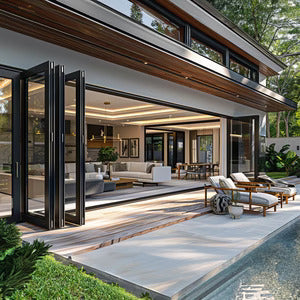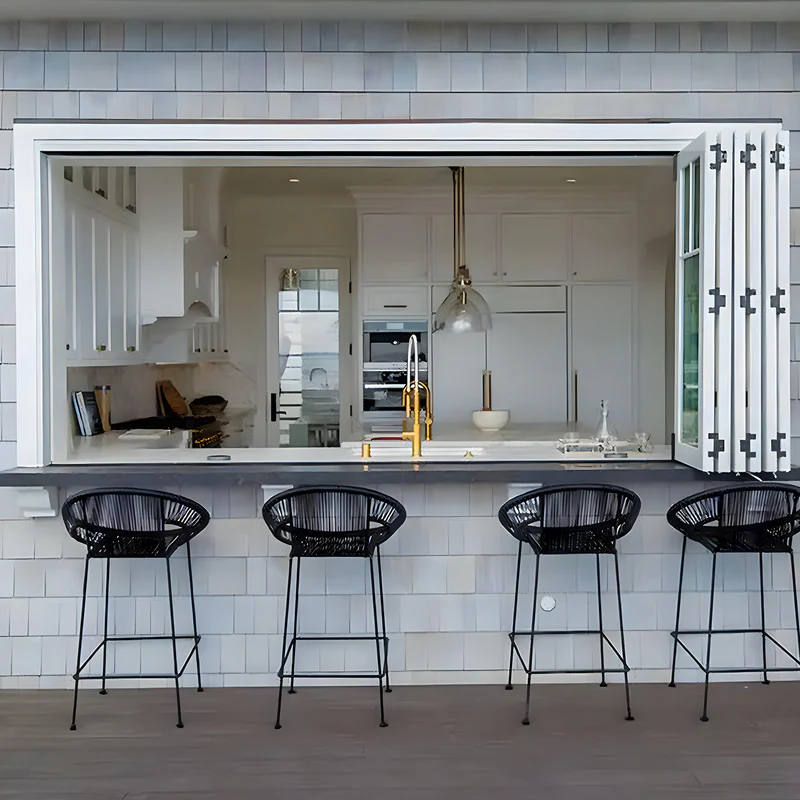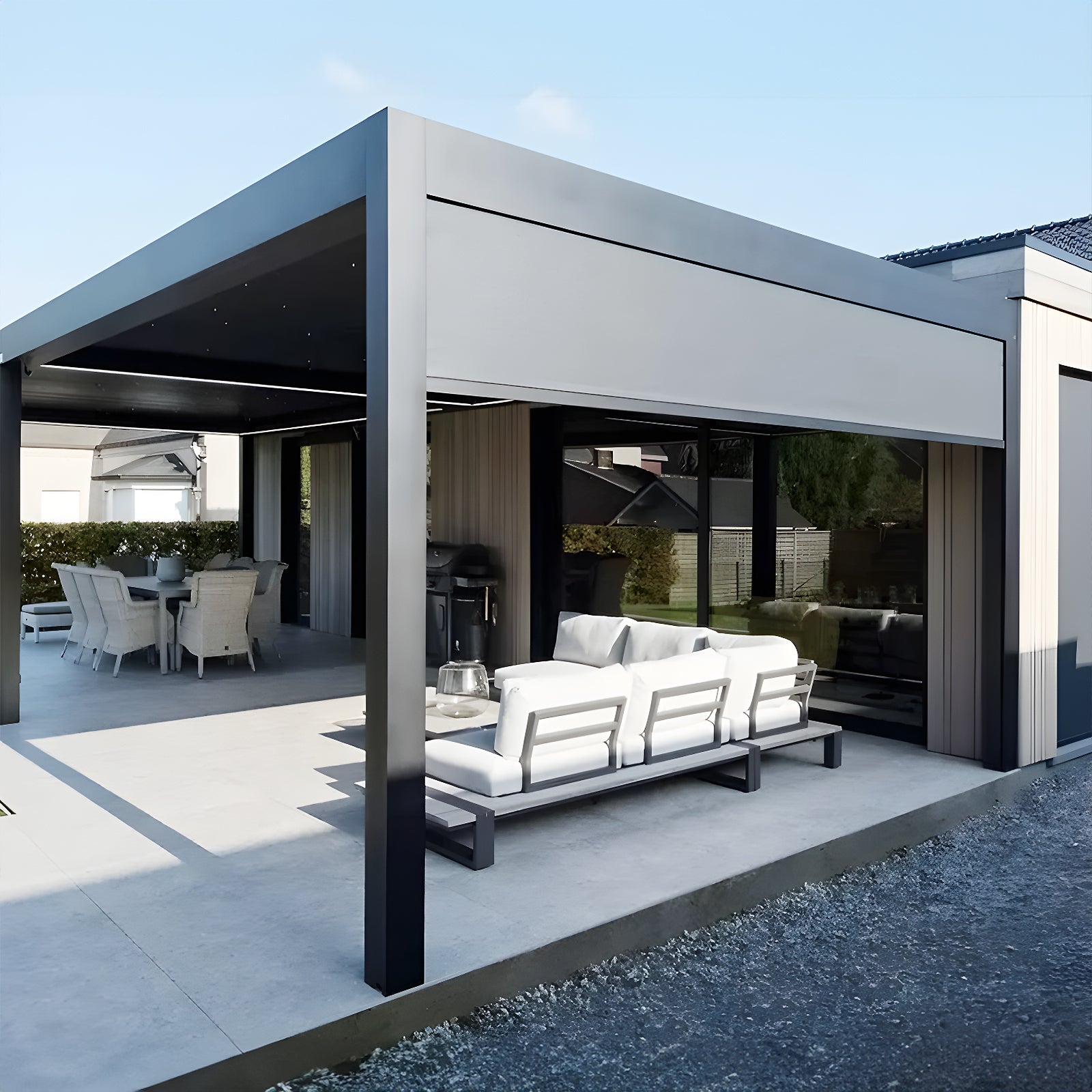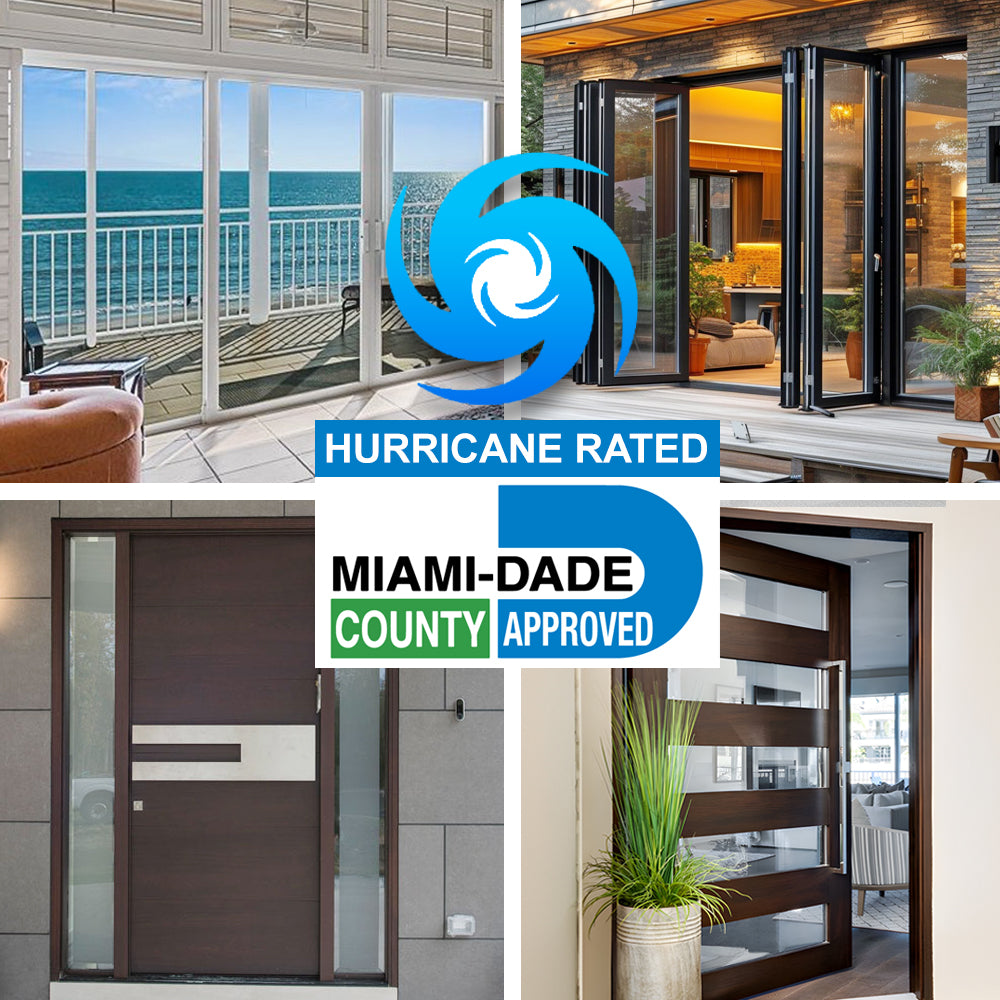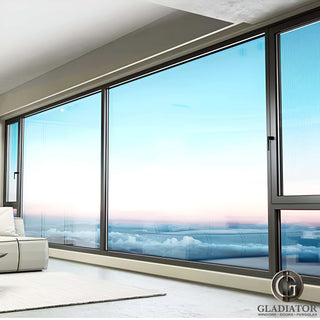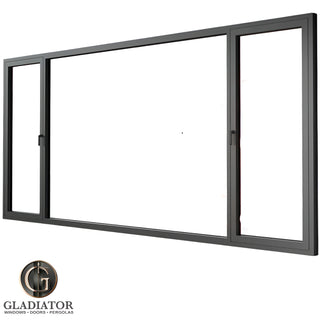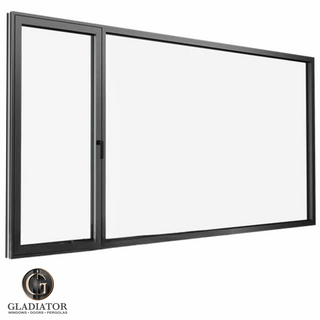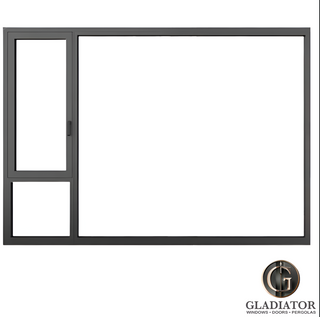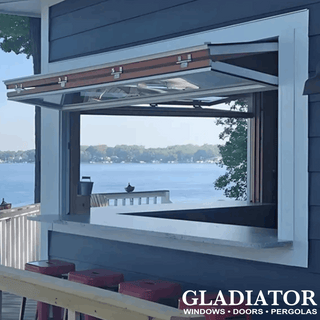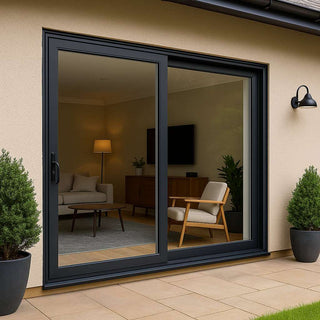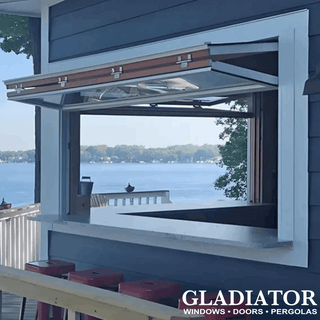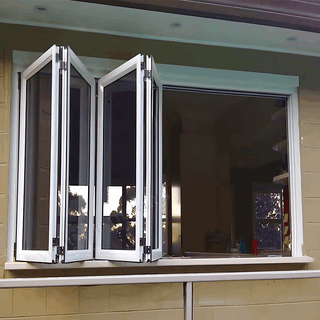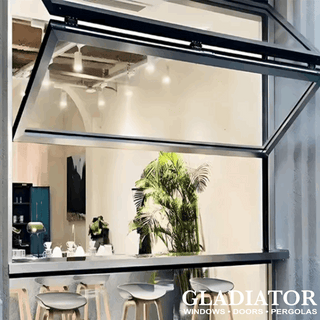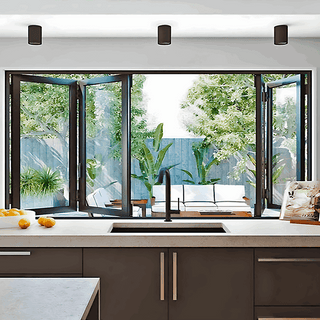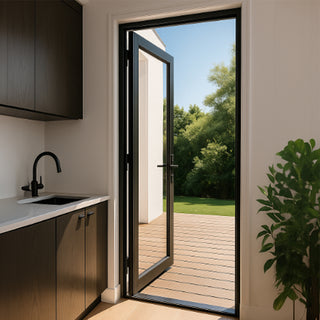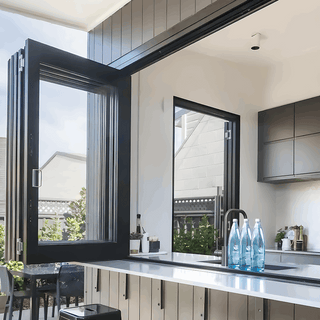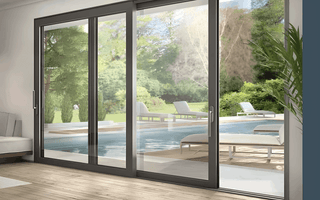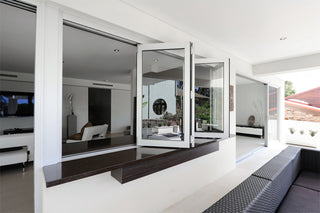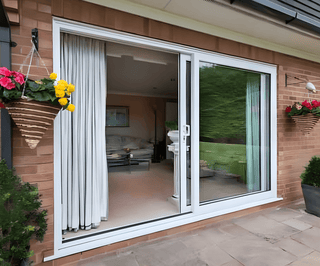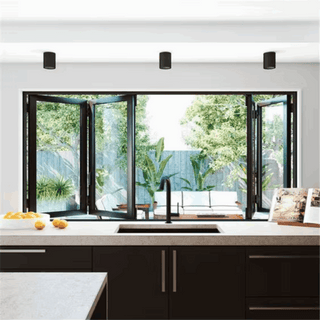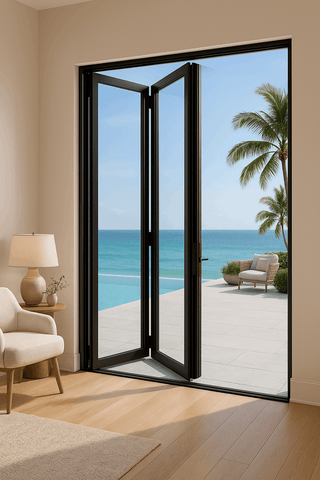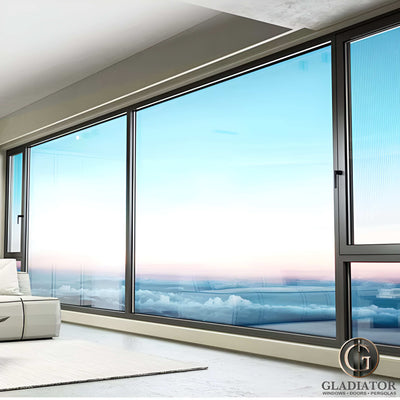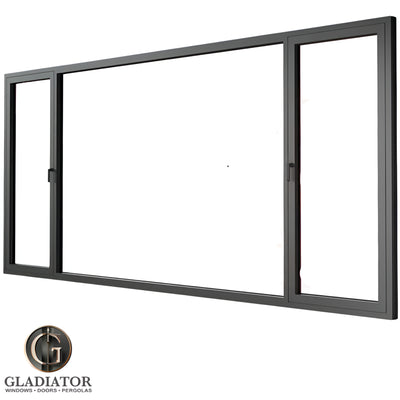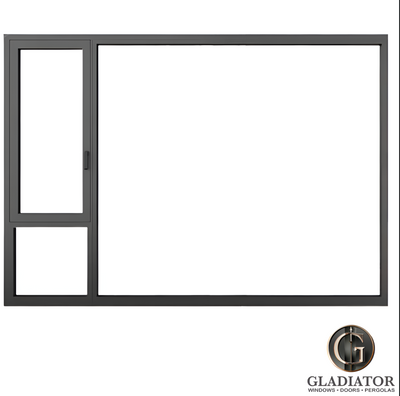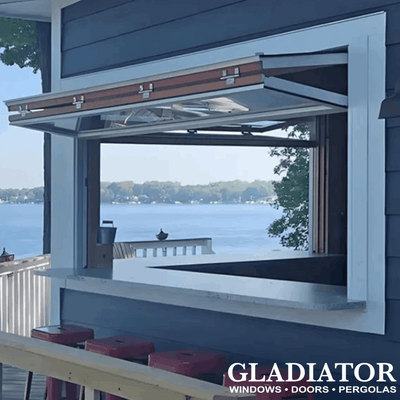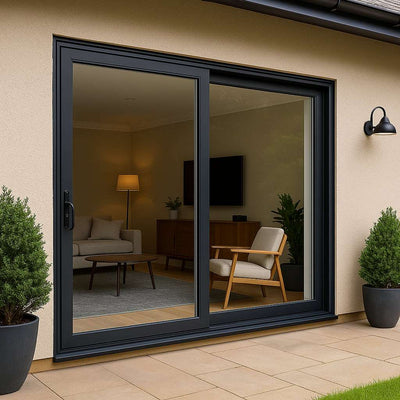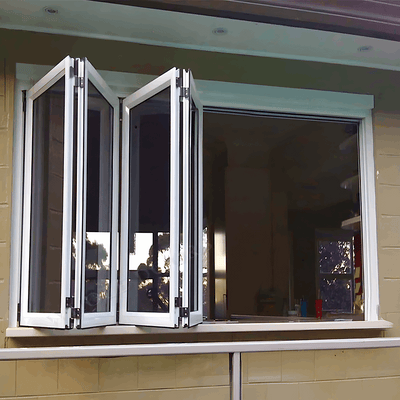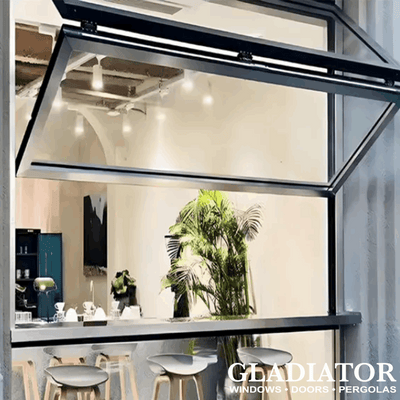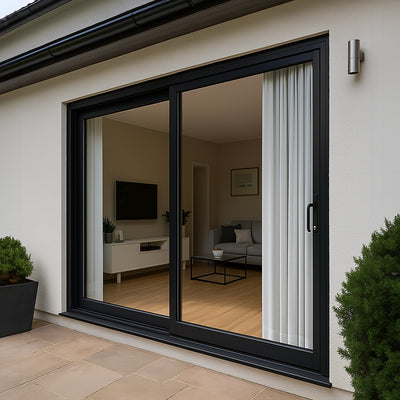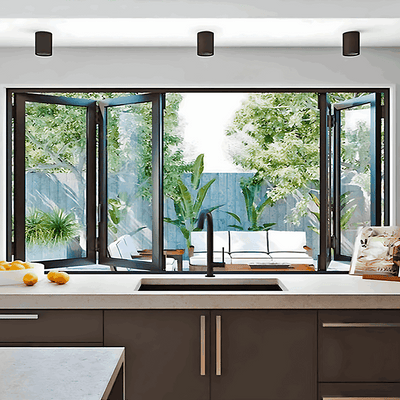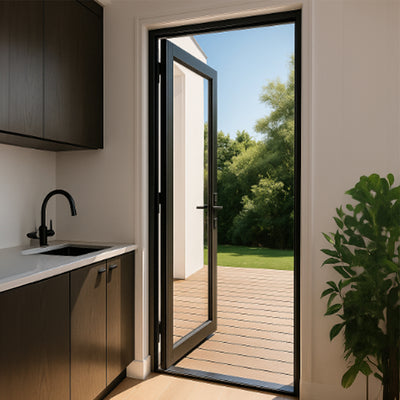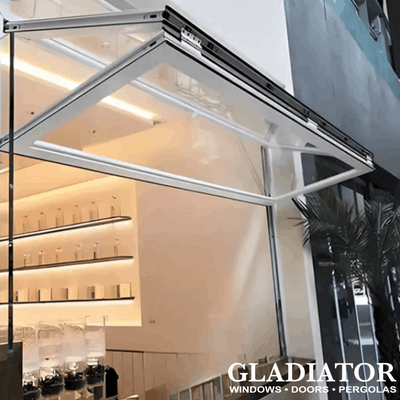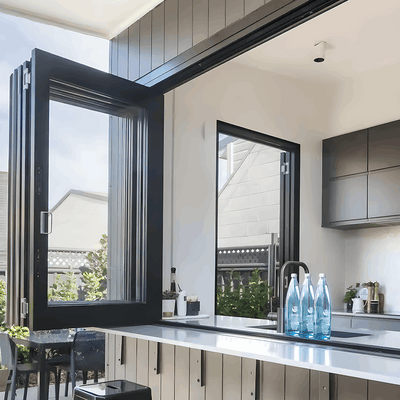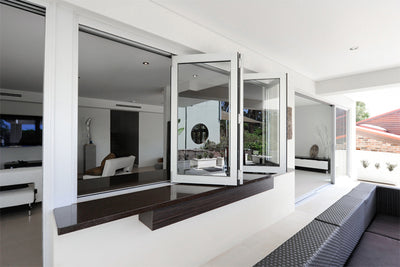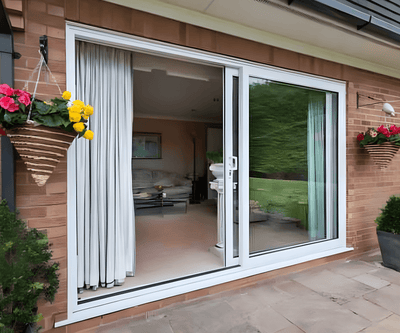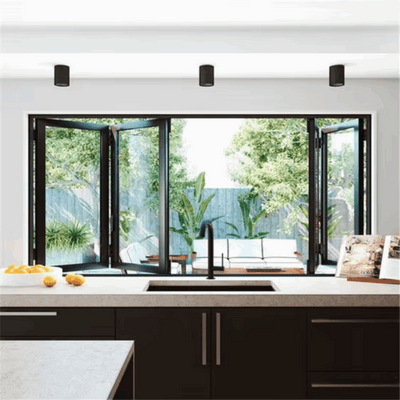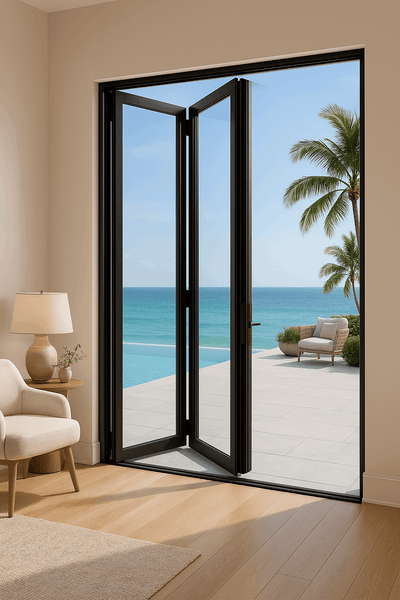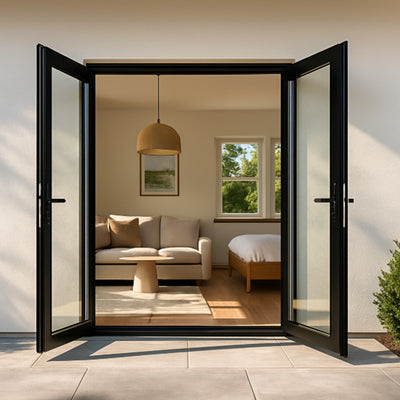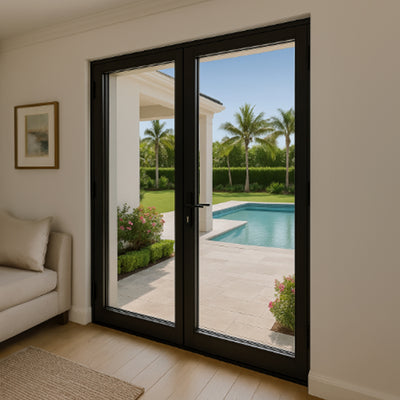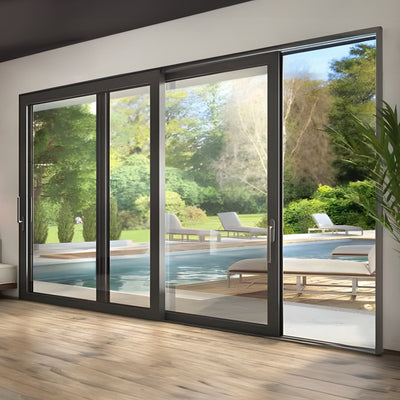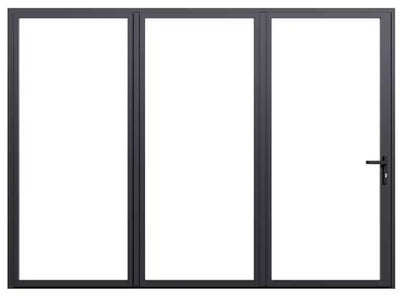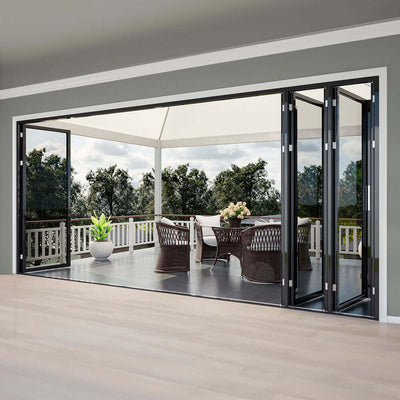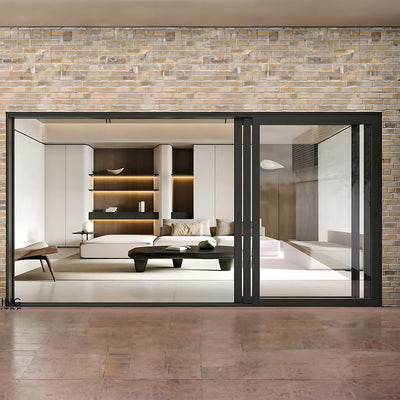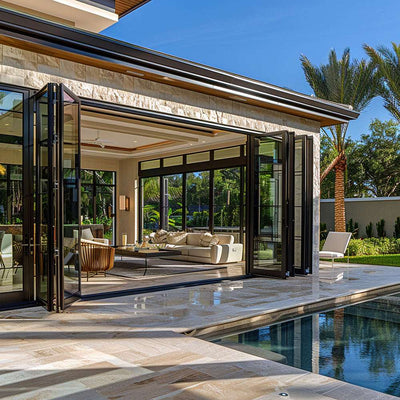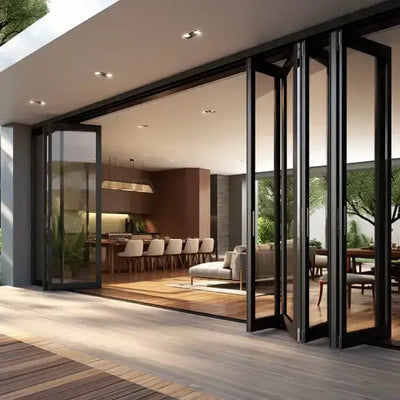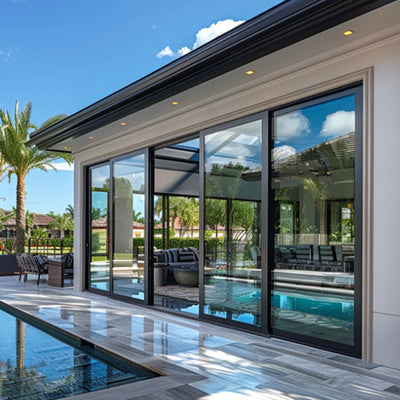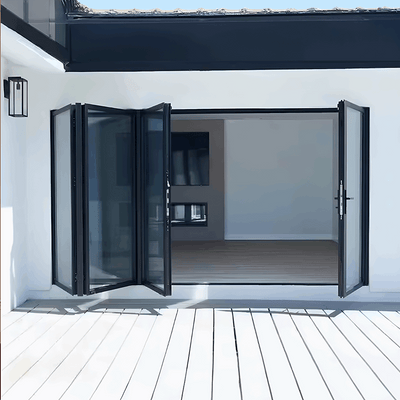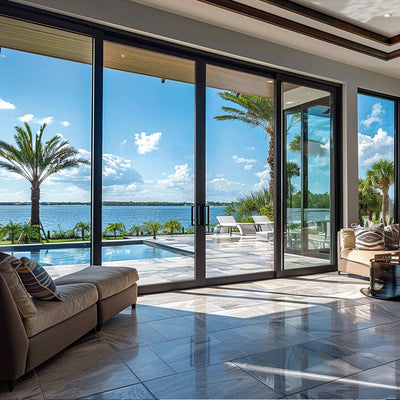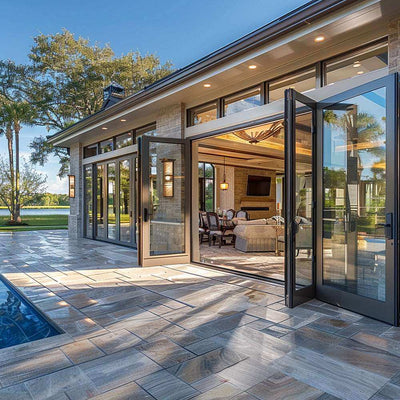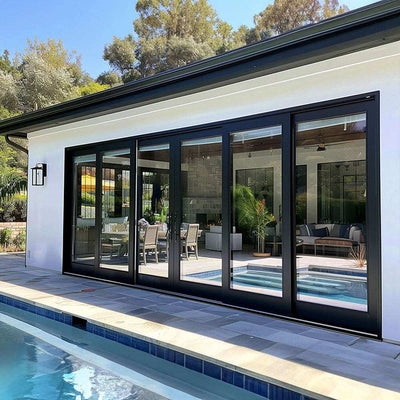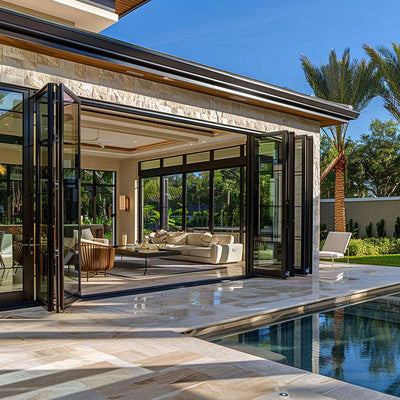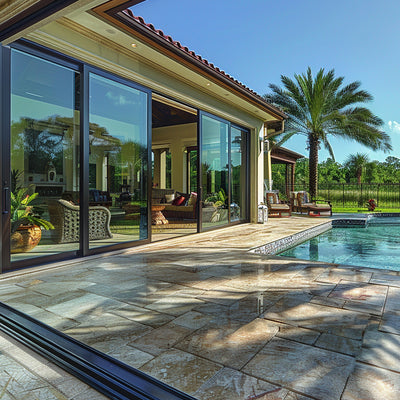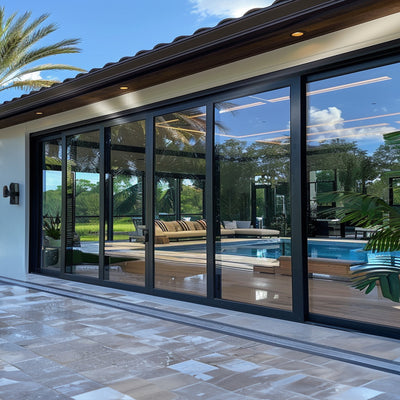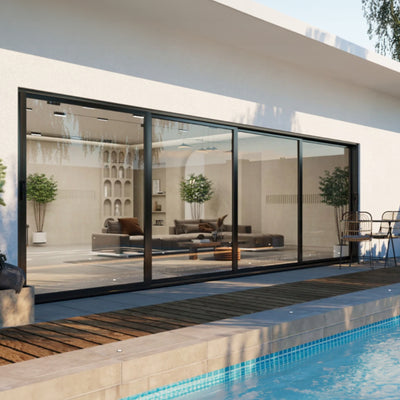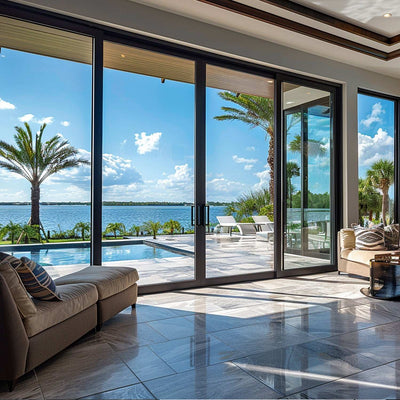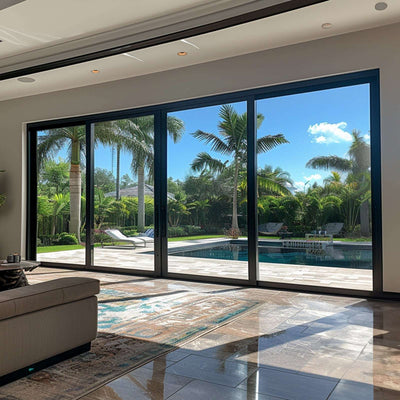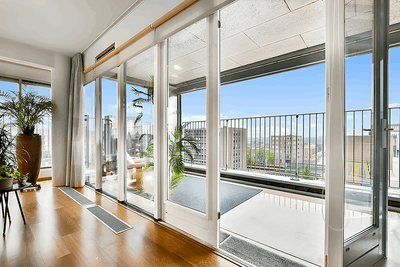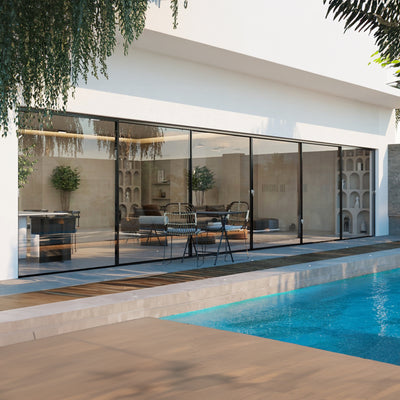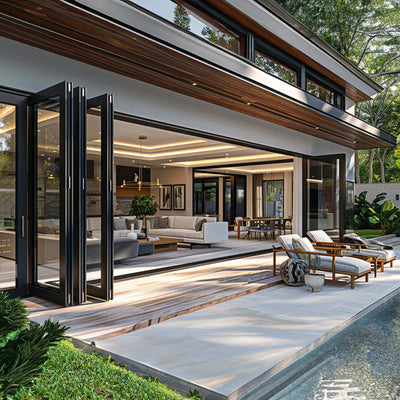Mastering Standard Width of Sliding Door Dimensions
Understanding standard sliding door dimensions is crucial for any successful home renovation or new construction. Choosing the correct width affects not only how well the door functions but also the overall look of your space. This section explores the standard widths you'll likely encounter, highlighting the differences between various door types and their typical uses.
Common Sliding Door Widths
Several factors influence the typical width of a sliding door, including its purpose and location within the home. Interior sliding doors, often used for closets or as room dividers, generally have smaller dimensions than exterior patio doors.
-
Bypass doors: Frequently used for closets, these doors typically range from 24 to 72 inches wide. The closet opening itself often dictates the necessary door width.
-
Pocket doors: These space-saving doors disappear into the wall. Their widths generally match those of bypass doors, ranging from 24 to 72 inches, offering flexibility for different room sizes.
-
Patio doors: Designed for larger openings leading to outdoor areas, patio doors offer a broader range of widths. They typically start at 60 inches and can extend to 144 inches or more, depending on the number of panels.
For instance, a standard two-panel patio door might have a combined width of 72 inches, while a four-panel system could span 144 inches or wider, creating a seamless flow between indoor and outdoor living. You might be interested in: How to master....
Variations in Standard Widths
While these ranges offer a general guideline, it's important to remember that "standard" widths can vary. Manufacturers often offer various sizes to accommodate different architectural styles and needs. Sliding door panel widths have changed significantly with modern engineering. Origin Global offers a good example of this. Their Patio Slider models, designed for residential use, showcase this flexibility, accommodating individual panel widths from 710mm (minimum) to 2000mm (maximum) per door. This customization allows architects to design openings from compact 1.4-meter spaces up to expansive 13.2-meter spans using configurations of 2-6 panels. Their premium Artisan Slider extends this even further with panels up to 2200mm wide. This reflects an industry-wide trend towards balancing expansive views with practical installation requirements. Learn more about sliding door panel sizes here.
Furthermore, the number of panels also influences the overall width. A two-panel sliding door will naturally have a smaller total width than a three or four-panel system intended for the same opening size.
Visualizing Standard Widths
The following data chart illustrates the typical width ranges for several types of sliding doors. It shows the differences between interior and exterior door applications, highlighting the importance of choosing the right door type for a specific project.
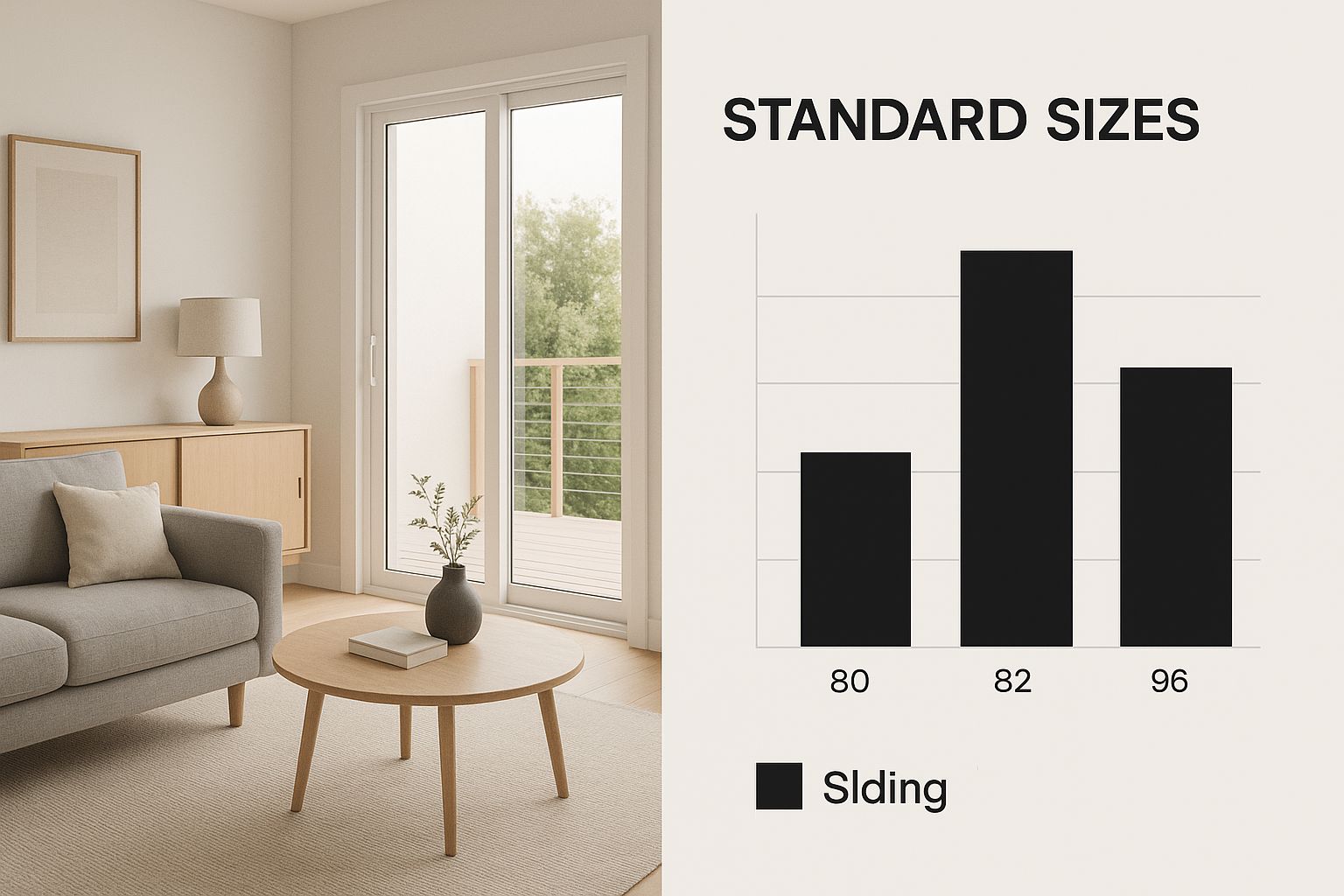
As the chart illustrates, patio doors provide the widest range of sizes, accommodating larger openings and maximizing natural light. Conversely, bypass and pocket doors are better suited for more compact areas where preserving floor space is a priority.
The table below provides further detail on standard sliding door width ranges by type.
Standard Sliding Door Width Ranges by Type This table presents the typical width ranges for different types of sliding doors in residential applications
| Door Type | Minimum Width (mm) | Maximum Width (mm) | Common Applications |
|---|---|---|---|
| Bypass Closet Doors | 610 | 1830 | Closets, Pantries |
| Pocket Doors | 610 | 1830 | Room Dividers |
| Patio Doors | 1525 | 3660 | Patios, Balconies |
This table confirms that patio doors offer the greatest flexibility in sizing, making them suitable for larger openings that invite more natural light. Bypass and pocket doors, with their smaller dimensions, are ideal for compact spaces where maximizing usable floor area is key. Understanding the specific measurements of your space is essential for selecting the ideal sliding door width to ensure both functionality and a seamless fit within your home's design.
Measuring for the Perfect Width of Sliding Door

Getting the width of your sliding door right is essential for a smooth installation. A wrong measurement can lead to unnecessary expenses and project delays. This guide provides accurate measurement techniques, helping you achieve a perfect fit on your first attempt.
Essential Tools and Preparation
Before you start, gather a few essential tools: a tape measure, a pencil, and a notebook. Accurate measurements are the foundation of a successful installation. Check out this helpful guide on How to Measure for Blinds for some additional tips. Clear the area around the door opening to ensure unobstructed access for accurate measurements.
This preparation will enable precise data collection and minimize potential errors.
Understanding Rough Opening vs. Finished Dimensions
The rough opening refers to the framed structural opening in the wall. The finished dimensions consider the door frame, trim, and any other finishing materials. Understanding the difference between these two measurements is crucial for ordering the correctly sized door.
For example, a rough opening might measure 72 inches wide. However, the finished dimensions, after accounting for trim, could be 70 inches. This 2-inch difference is vital for a proper fit.
Key Measurement Points
Measure the width of the rough opening at the top, middle, and bottom. Record all three measurements to account for any variations in the opening. Measure the height at both sides and the center as well.
These multiple measurements help ensure the opening is square and level, identifying potential issues early on.
Accounting for Trim and Framing
The thickness of your door frame and trim plays a significant role in determining the final width of your sliding door. Subtract the combined thickness of these elements from the rough opening width. This calculation provides the required door width for a snug fit within the finished opening.
Expansion Gaps: A Crucial Consideration
Expansion gaps are small spaces around the perimeter of the sliding door. These gaps, typically between 1/8 and 1/4 inch, allow for slight movement due to temperature changes and prevent the door from binding. The exact gap size depends on the door material and the local climate.
In regions with significant temperature fluctuations, wider gaps might be necessary.
Avoiding Common Measuring Pitfalls
One frequent mistake is measuring only once. Always take multiple measurements to confirm accuracy and catch any discrepancies. Another common oversight is neglecting to factor in the trim and framing, which can result in a door that's too large.
Finally, overlooking the need for expansion gaps can lead to a door that binds or becomes difficult to operate. You might find this resource helpful: How to master sliding door installation. Avoiding these pitfalls ensures a smooth and successful sliding door installation.
Trending Width of Sliding Door Options for Modern Homes
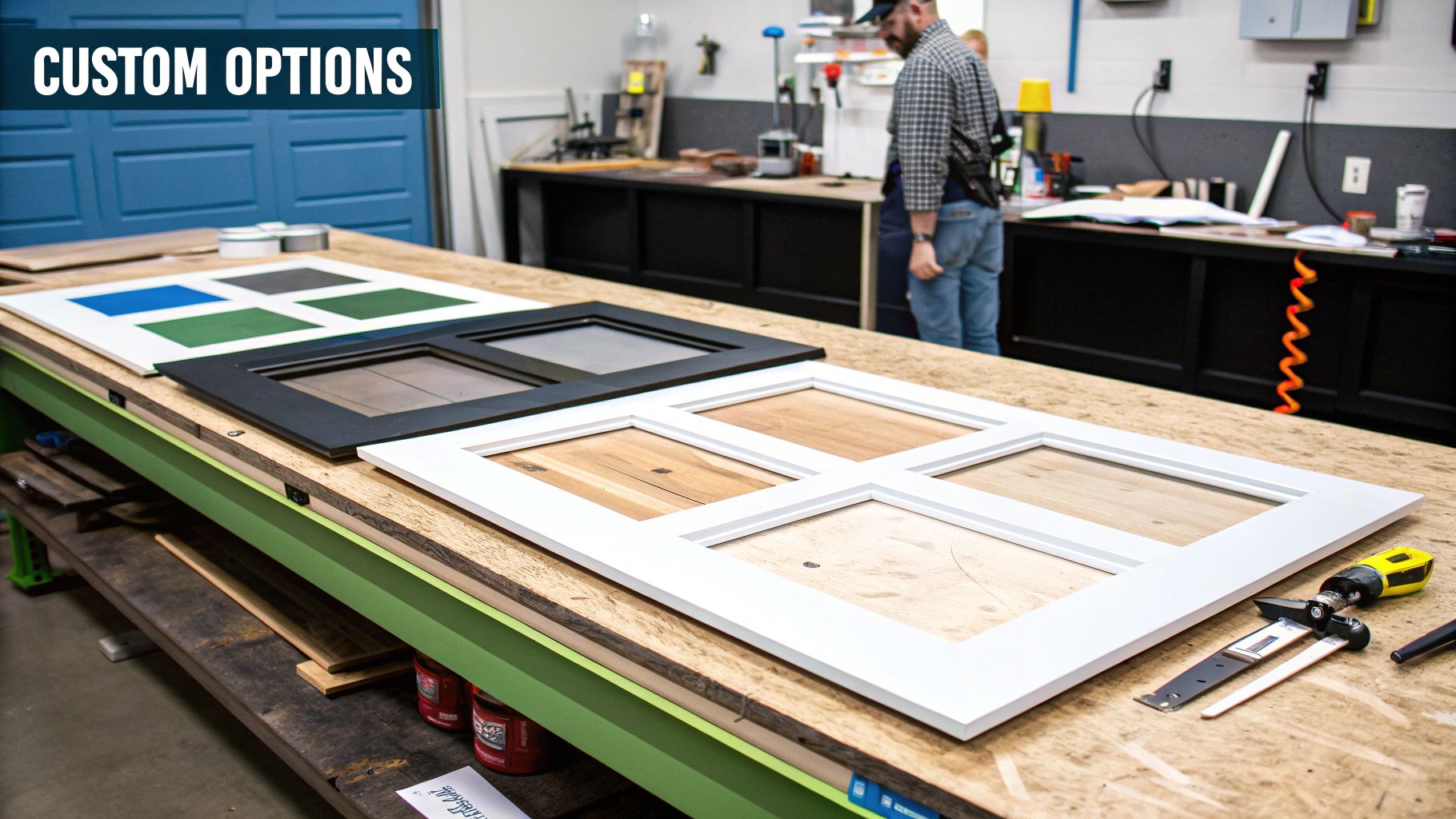
Sliding doors have become incredibly popular in modern homes, seamlessly blending indoor and outdoor spaces. This design trend has fueled a demand for wider sliding door options, changing how we interact with our homes. Homeowners are seeking ways to bring in more natural light and create a smooth transition between the inside and outside.
Wider Openings and Modern Design
The trend toward wider sliding doors aligns perfectly with the rising popularity of open-concept living. Larger door systems create a sense of spaciousness and allow more natural light to flood the home. This is especially desirable in urban apartments where space is often limited. When choosing materials, consider the durability and style of quality used furniture.
Advances in manufacturing have made it possible to produce wider sliding doors without sacrificing structural integrity or energy efficiency. This has opened up exciting possibilities for architects and homeowners. Reinforced aluminum framing, for example, allows for larger glass panels, resulting in stunning floor-to-ceiling installations that maximize natural light. Explore more options in our sliding door collection.
Popular Width Configurations
The ideal width of a sliding door depends on several factors, including the home's style, the local climate, and the desired amount of natural light. In European homes, typical sliding door widths range from 1800-3000mm for main entrances, balancing functionality and aesthetics.
However, North American luxury homes often showcase multi-panel configurations ranging from 2000-4000mm. These larger doors serve as impressive focal points, enhancing the overall architectural design. The trend toward wider doors reflects the desire for more open living areas and the availability of energy-efficient glazing technologies.
The global patio doors market, valued at $38 billion in 2022, is experiencing rapid innovation to meet this growing demand. Projected to grow at 4.6% annually through 2032, the market demonstrates the increasing preference for wider door systems that maximize natural light. European residential standards increasingly favor widths between 1800-3000mm for main entrance sliding systems, while North American markets show a preference for 2000-4000mm multi-panel configurations in luxury homes. This increase in width correlates with architectural trends toward open-plan living and energy-efficient glazing technologies, which maintain thermal performance across larger spans. More detailed statistics can be found here.
Enhancing Home Value and Living Experience
Wider sliding doors not only enhance a home's aesthetic appeal but can also significantly increase its value. They create a more desirable living space by improving natural light, indoor-outdoor flow, and adding a touch of modern elegance. Investing in wider sliding doors can be a smart choice for homeowners looking to improve their quality of life and potentially increase their property's resale value.
Commercial Width of Sliding Door Solutions That Perform
Commercial sliding doors need to be more than just attractive; they must withstand constant use. This means carefully selecting the right width, as different businesses have unique needs. A hospital, for instance, requires wider openings for accessibility, while a retail store might prioritize a sleek, modern look. Let's explore the world of commercial sliding door widths and how they impact a space's function and design.
Accessibility and ADA Compliance
Accessibility is a key factor when choosing commercial sliding doors. The Americans with Disabilities Act (ADA) sets specific width requirements for doorways to accommodate people using wheelchairs or other mobility devices. This typically means a minimum clear opening of 32 inches. The door also needs to operate easily, often requiring automatic openers with push-button activation. These accessibility needs greatly influence width decisions in commercial spaces.
Automated Entrance Systems
Automated sliding doors, a common sight in many businesses, have unique width requirements. The automatic opener mechanism must fit seamlessly into the door frame, which can impact the system's overall width. The opening also needs to handle expected foot traffic, particularly during busy periods. Careful planning here can prevent bottlenecks and improve the customer experience.
Safety Codes and Regulations
Beyond ADA compliance, building codes and fire safety regulations affect allowable sliding door widths. These regulations often specify the maximum width of a single door panel and set requirements for emergency exits and pathways. Fire-rated sliding doors, for example, may have stricter size standards than standard commercial doors. Understanding local codes is crucial for any commercial project. You might be interested in exploring more of our products.
Width Solutions for Challenging Spaces
Standard commercial door widths aren't always suitable. This is where custom designs become essential. For unusually shaped openings or unique architectural features, working with experienced manufacturers is key. They can create custom-width doors that meet both the aesthetic vision and the building's functional requirements, going beyond the limitations of standard sizes.
The automotive industry also grapples with sliding door width considerations. The global market, valued at $12.3 billion in 2022, uses standardized measurements. Minivan sliding doors, typically 800-1200mm per panel, prioritize passenger access within the vehicle's structural limits. Projected market growth to $16.1 billion by 2030 underscores the rising demand for wider accessibility features. Learn more about this here. However, automotive width limitations contrast sharply with architectural applications due to road safety regulations, illustrating how industries adapt to different width challenges.
Beyond Standards: Custom Width Sliding Door Options
Standard sliding door sizes are often sufficient, but sometimes a space calls for a more unique approach. When off-the-shelf dimensions just won't cut it, custom width sliding doors offer the flexibility to break free from those constraints. Let's explore the world of custom sliding doors, from the design possibilities to the practicalities of fabrication and installation.
Exploring the Possibilities of Custom Widths
Custom width sliding doors offer incredible flexibility for challenging architectural projects. Picture a spacious living room with an expansive glass wall that opens onto a stunning vista. This is where custom widths truly shine, enabling architects to create these grand openings that seamlessly blend indoor and outdoor living. Imagine a historical home renovation needing a non-standard size to preserve the building's original charm. This level of customization beautifully merges modern functionality with historical preservation.
Custom width sliding doors can also address design dilemmas in unconventional spaces. Perhaps you're working with an oddly shaped room or a unique architectural element that limits your door options. Custom fabrication allows you to maximize your space while achieving your desired aesthetic.
Structural Engineering and Material Choices
Creating a custom width sliding door is more complex than simply cutting a larger pane of glass. Structural engineering is critical in determining the maximum achievable width. Factors such as wind load, weight distribution, and the selected materials all impact the design’s feasibility and safety.
Your choice of materials significantly influences width flexibility. Aluminum frames, renowned for their strength and light weight, allow for wider spans than traditional wood frames. This allows for larger glass panels, bringing in more natural light and creating a feeling of spaciousness.
Cost Considerations for Custom Widths
While custom width sliding doors provide unmatched design freedom, it's important to consider the associated costs. Many assume custom solutions are significantly more expensive, but that's not always the case. While factors like material selection and design complexity can influence price, the increase is often less than expected, partly thanks to efficiencies in modern manufacturing. You might find this interesting: How to master sliding door installation.
Case Studies: Real-World Examples
Real-world projects showcase the transformative power of custom width sliding doors. In one project, a custom-designed, 12-foot-wide sliding door turned a dark, cramped living room into a bright and airy space. The wider opening brought in abundant natural light and created seamless access to the outdoor patio. This seemingly small change significantly increased the home’s value and the homeowner’s quality of life.
In another instance, a custom width sliding door addressed a unique challenge in a modern loft apartment. The unconventional layout required a door for a narrow, angled opening where a standard size simply wouldn't fit. The custom-fabricated door provided both functionality and a striking design element, demonstrating the potential of custom solutions.
From Concept to Completion: The Custom Process
Creating a custom width sliding door involves several key steps:
- Initial Consultation: Discuss your vision with a specialist to explore possibilities and address feasibility.
- Detailed Measurements: Precise measurements of the opening are essential for a perfect fit.
- Design and Engineering: The door is designed and engineered to meet structural requirements.
- Fabrication: Skilled craftspeople build the door using your chosen materials.
- Installation: Experienced installers ensure proper fitting and functionality.
This collaborative process, while detailed, ensures your custom sliding door transforms from concept to a flawlessly executed reality. This meticulous attention to detail, from the initial consultation to the final installation, guarantees a seamless and satisfying experience.
Custom vs. Standard: A Comparative Look
To help you choose the right sliding door, let's compare custom and standard width options:
| Factor | Standard Width Doors | Custom Width Doors | Considerations |
|---|---|---|---|
| Size Options | Limited to pre-defined sizes | Virtually any size within structural limits | Carefully measure your space to determine the ideal fit. |
| Cost | Generally less expensive | Typically a higher cost | Consider the added value and design flexibility. |
| Design Flexibility | Limited | High degree of customization | Perfect for unique spaces or distinct architectural features. |
| Lead Time | Usually shorter lead times | Longer lead times due to custom fabrication | Plan ahead to avoid project delays. |
| Installation | Often a simpler installation process | May require specialized installation techniques | Ensure experienced installers manage the project. |
Understanding these differences helps you make an informed choice about whether a standard or custom width sliding door best fits your needs and budget. The ideal choice ultimately depends on your project's specific requirements and your desired level of customization.
Width-Specific Installation Insights for Sliding Doors
The width of your sliding door plays a crucial role in its installation and how well it performs over time. Wider doors bring their own set of challenges that require careful planning and precise execution. This section explores the complexities involved in installing doors of varying widths, helping you make informed decisions for your project.
Weight and Its Impact
A sliding door's weight increases significantly as its width grows. This added weight affects several aspects of the installation. For instance, wider doors need stronger track systems to handle the extra load. The operational components, like rollers and guides, must also be heavy-duty to ensure smooth and reliable movement. The installation process itself becomes more complex. Larger, heavier doors often require a team of installers, unlike smaller doors that a single installer can typically handle.
Structural Reinforcement and Hardware
Wider sliding doors often demand specific structural reinforcements. Their increased weight and size put more stress on the surrounding framing. This may mean upgrading headers and supporting studs to ensure long-term stability and prevent sagging. Wider doors also frequently require specialized hardware. Heavy-duty rollers, reinforced tracks, and robust locking mechanisms are vital for smooth operation and enhanced security.
Weatherproofing Wider Openings
Weatherproofing is especially important with wider sliding doors. Larger openings present more opportunities for air and water to get in. This often requires specialized sealing systems and flashing techniques. The type of glazing is also important. Double or triple-paned glass with insulated frames helps maintain energy efficiency and reduces drafts in wider openings.
Specialized Tools and Precise Installation
Installing wider sliding doors frequently calls for specialized tools. Precision measuring instruments and leveling equipment are essential for proper alignment and a perfect fit. Experienced installers also use specialized lifting equipment to maneuver these heavier doors safely and accurately. This precision ensures smooth operation, prevents the door from sticking, and extends its lifespan.
Planning Prevents Post-Installation Headaches
Planning is key for wider sliding door installations. Addressing width-specific challenges upfront, such as structural reinforcement and specialized hardware, prevents costly problems later on. For example, neglecting the increased weight can lead to track failure or operational issues down the road. Likewise, inadequate weatherproofing can cause drafts, leaks, and higher energy bills.
By considering these width-specific installation insights, you can choose the best sliding door size for your project and prepare for a successful installation. Understanding these complexities helps you collaborate effectively with professionals, ensuring your vision becomes a reality.
Ready to explore high-quality, custom-made sliding doors? Visit Gladiator Window and Doors for the lowest prices in the USA, guaranteed with our Best Offer Guarantee. We specialize in extra-large sliding doors, pivot doors, bi-fold doors, and more, all custom-made, thermally rated, and USA-approved. Transform your home with Gladiator Window and Doors and experience the perfect blend of style, performance, and value.








